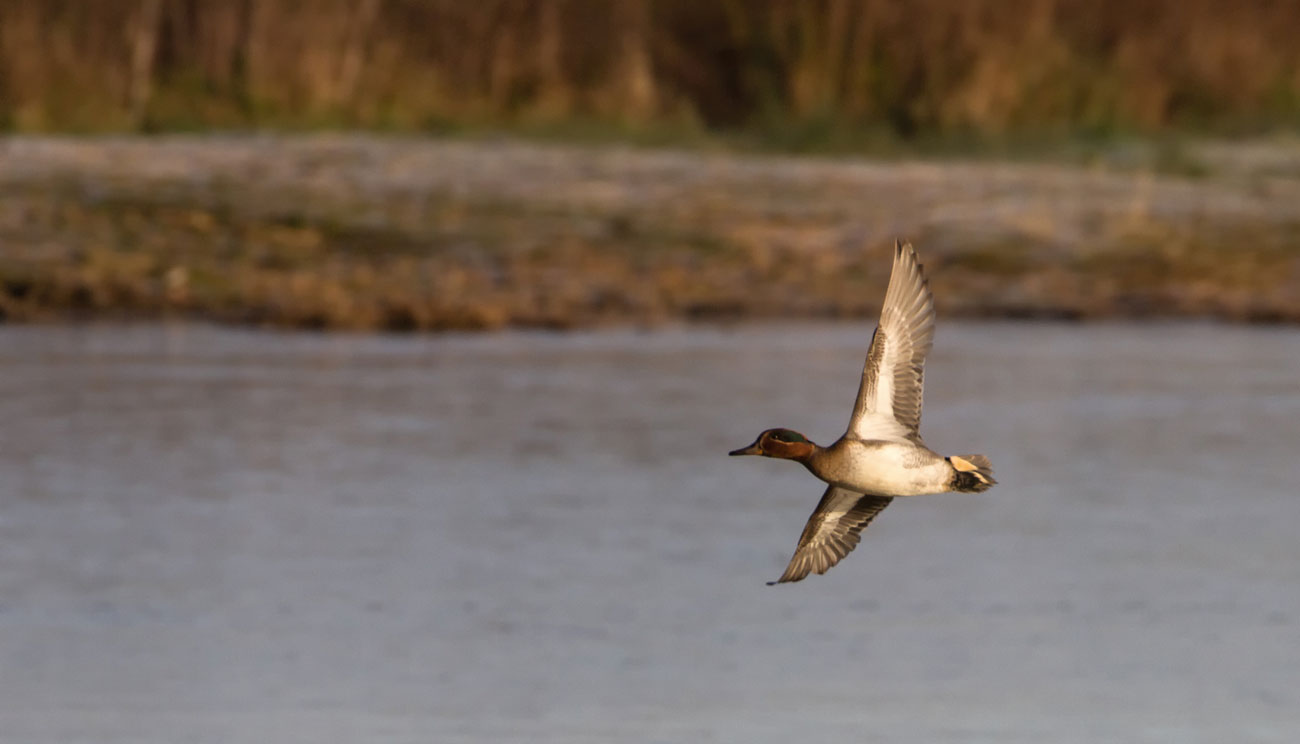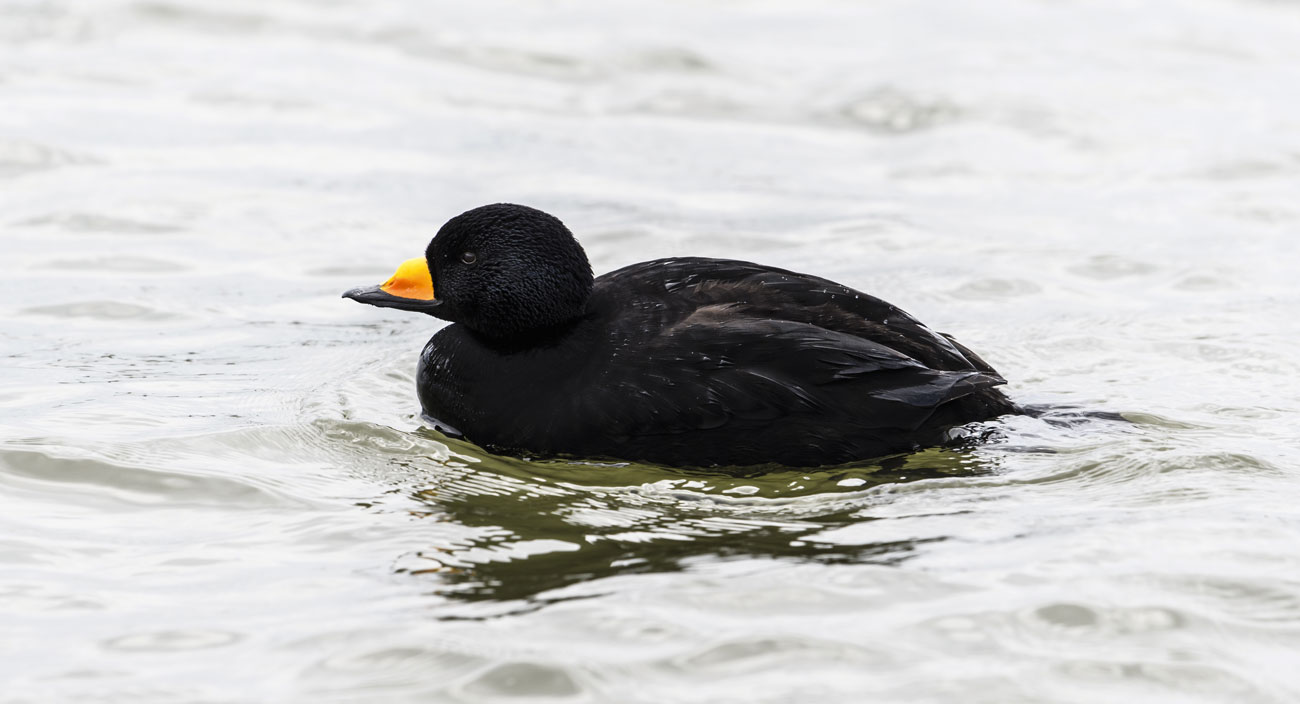
Teal (Annas crecca)
One bonus about birding is that you can do it almost anywhere so the Covid-19 lockdown produced an unexpected challenge.
How many species of birds could keen birders see or hear from their gardens? And for those without gardens – from their windows?
To find out, I was among 61 birders flying the flag for Cranleigh in the great ‘#BWKM0 (Birding Within Kilometre Zero) challenge’.
This was organised by my mate Steve Gale ‘in response to Italian ornithologists who created the hashtag as a way of coping with their lockdown by organising a coming together of birds, birders, gardens, balconies and windows.’
The good-natured event was launched in the early weeks of the pandemic, starting around the third week of March, and took us through until the evening of 7th May – the night before the VE Day 75th anniversary celebrations.
As word spread, observers based mainly in the South East were joined by others across England and contestants in Orkney, Skye, Cork, Albania (!) – and even the Chatham Islands in the Pacific Ocean. All birding. Alone.
The fun would be in taking part and checking, on a nightly blog provided by Master of Ceremonies Steve, who was finding what from the confines of our ‘castles.’
Tension mounted as the British-based birders recorded various surprise or scarce species on migration. Ears were peeled particularly at night, when many birds experience safer travelling, usually unheard as they call above us.
Individuals who logged a scarce bird generated renewed vigour from the rest of us as they communicated via Twitter. We too craned our necks, cupped our ears, and polished our optics in the hope that more of the same might appear over our mini ‘observatories.’
Many people have remarked to me about how they noticed the birds far more than usual during the Spring weeks of lockdown. It goes to show just how much our hearing abilities are normally compromised by noise pollution from Gatwick’s jets, millionaires’ choppers, and hefty road traffic.
But with the airport closed, and most of us forced to stay grounded at home, the air took a breather and the often-overlooked world around us was revealed afresh.
Notable sightings over my garden at night included the Lyrid meteor shower. One spectacular shooting star raced west across a quarter of the visible sky.
In April we had the huge Super Pink Moon followed by the Super Flower Moon in May – both sparking some illuminating performances from the local Tawny Owls and Little Owls.
And darting from west to east, night after night, were the ‘string of pearls’ – entrepreneur Elon Musk’s SpaceX Starlink satellites.
I counted 30 of these internet enablers on some evenings as they passed directly above. They were well socially distanced with half a minute between them.

Common Scoter (Melanitta nigra) proved worse than uncommon for me, it was non-existent. But Teal (Annas crecca) was the real deal.
Back to the birds though. It quickly became clear that some participants who were unable or not required to work at home were taking things very seriously indeed, setting up camp by windows, or in their gardens, and birding almost non-stop.
Their tallies mounted quickly and they were soon way out of sight from the rest of us. But with two at least living next to nature reserves it was no surprise they did so well.
If the weather looked promising then some observers were still at it into the early hours. They often added nothing new on these occasions but at other times they were rewarded with additions to their garden list.
Early in April was particularly memorable. Late night birders around the country reported the calls of Common Scoters – sea ducks – as thousands migrated east overland from the Irish Sea to their Arctic breeding grounds.
I listened in vain although others in Surrey stayed up longer and were more fortunate to hear this most rare event. At least I heard a Teal calling as it went over and saw an Egyptian Goose family fly by. Both were garden firsts for me.
With the leaves on the trees beginning to obscure the bare branches, and migration easing off, it all got a lot harder and I ended the challenge with 57 species. The glaring gaps in my list were a surprise. I never did have a visit from a Bullfinch, Long-tailed Tit, Coal Tit or Great-spotted Woodpecker.
On the other hand I picked up two more special additions to the species seen or heard from the garden – more of which in my August and September articles.
Also there were one-off sightings of Peregrine, Hobby, Kestrel, Great black-backed Gull, Siskin, and Mallard, and two sightings each of Chiffchaff and Skylark.
My daily dose included Buzzard, Red Kite, Sparrowhawk, Grey Heron, Pheasant, Herring Gull, Lesser black-backed Gull, and Blackcap, among the more usual birds.
Oh that I could have seen some of the birds recorded by my friend Matt who, despite a full-time job elsewhere, managed the most species with 113. Many were from his attic – but it does overlook Pulborough RSPB, which is obviously well worth a visit when it re-opens.
But he was not to be the winner. The challenge was designed to give top spot to the person who saw the biggest percentage of birds previously recorded from their property. A total of 187 species were recorded from the British Isles and top spot went to Ed, from Farncombe, who hit 105% with a creditable 83 species.
Other birders were able to do very well on far fewer species because they entered the challenge with less birds on their list to start with. But it was only meant to be a bit of fun and nobody minded or took it that seriously.
Now I must get back in the garden . . .
Twitter – @Crane_Spotter
Click here to see all of Robin Stride’s previous Crane Spotters.











